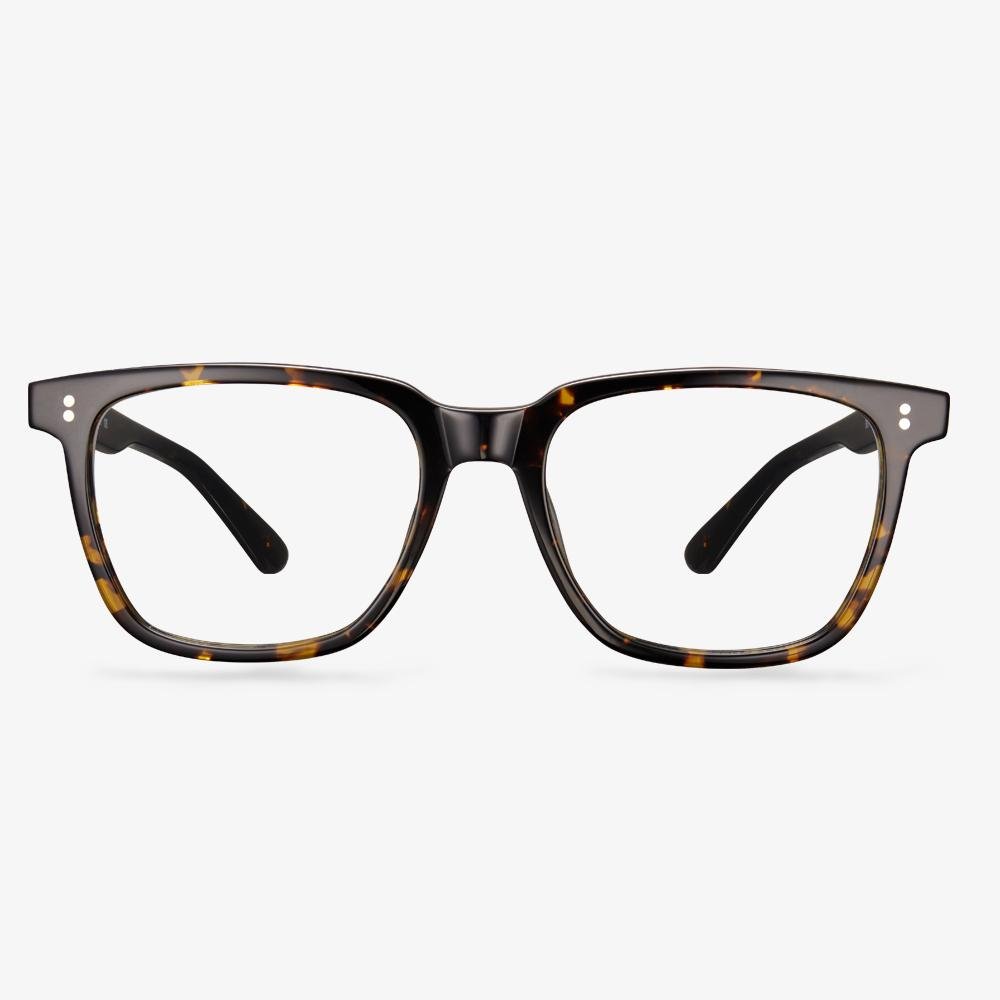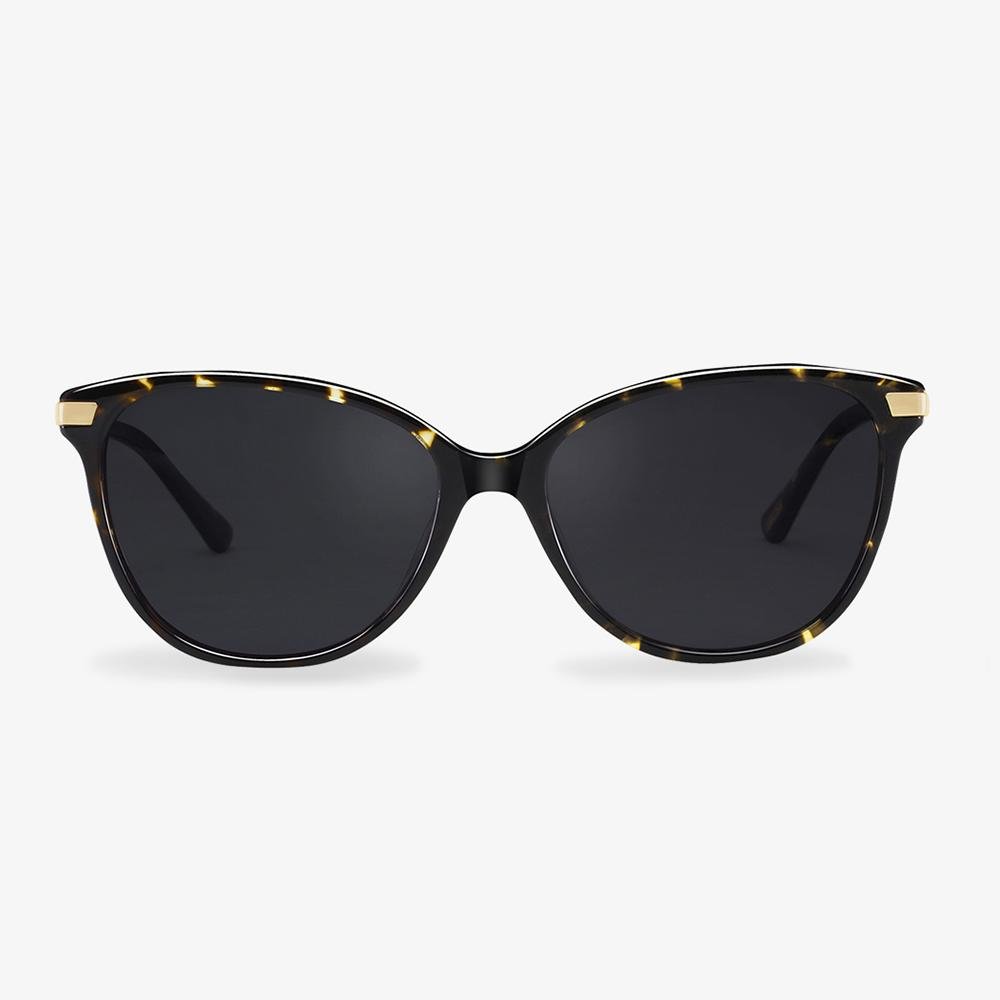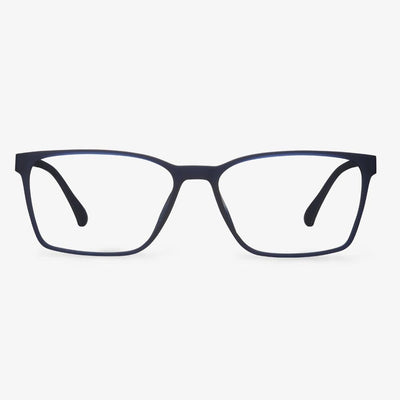Type of eyeglasses cloth
There are many kinds of cloth for glasses. There is mainly sheepskin eyewear cloth, and there is microfiber eyewear cloth. There are suede and double-sided cloth and so on. Professional eyewear cloth must use more than 200 grams of weight/per cubic centimeter of microfiber. This kind of raw material chemical fiber is fine, and tactility is soft, so it will not damage the lens. This kind of wipe cloth can be used on a computer screen. The two sides of the cloth are different, and the smooth side is used to scrub the lenses. Because the dirt on the lens is mostly small. The rough side is designed to give you more friction when you touch it with your finger, so you can use it more easily, and you can clean it more.
Why do you need low bridge glasses?
The glasses always slide in front of the nose. No one wants to keep putting their glasses back in place, especially in a conversation. Your glasses will slide down your nose, in other words, they won't sit on the bridge of your nose, and the frames will hit your cheeks, which may give you a cheek rash. The glasses move when you smile or laugh. The lenses rub against your eyes/eyelashes.
5 Unbreakable Eyeglasses Frames
In this section, we will list the most durable eyeglasses frames and we will introduce them one by one.
Titanium: One of the most durable eyeglasses frames is the titanium eyeglasses frames. It is lightweight, strong, and flexible. So, titanium eyeglasses frames have lots of fans in the eyeglasses market. In addition, pure titanium is hypoallergenic. But, due to these features, titanium eyeglasses frames are expensive than other frames.
Stainless steel: Stainless steel frames have some spring in them, which resists breakage. Stainless steel also resists corrosion, giving it a longer life. However, stainless steel eyeglasses frames may be hypoallergenic, depending on the alloys used.
Nylon: many people like athletes like nylon frames because they are flexible, lightweight and unbreakable - at least in the short run. However, nylon frames may become brittle over time, which is something to think about.
Kevlar: kevlar eyeglasses frames used in bulletproof vests can survive strong impacts, making them a good choice for contact sports and high-risk jobs. It does not have a lot of flex, limiting its applications.
Flexon: besides the above unbreakable eyeglasses frame, we will introduce another brand-name metal - Flexon. Flexon has a unique capability for springing back to its original shape after it gets twisted and they are called memory metal.
The birth of progressive lenses
In 1907, British optometrist Owen Aves first proposed the concept of progressive lenses and got the first patent of progressive lenses. In 1910, Henry Orford Gowlland designed and made a similar lens in Canada, but technical limitations prevented it from succeeding. In 1959, Bernard Maitenaz, a French optical and mechanical engineer, developed the first progressive lens, which was successfully put into the commercial market for the first time and became a milestone in the history of world optometry. With the development of science and technology, the design of progressive lenses has been greatly developed.
What is the best lens material?
Trivex is a special material from PPG. Compared with PC lenses, the refractive index is lower (only 1.53) but the Abbe number is higher (up to 45), which results in smaller dispersion and better image quality. At the same time, the impact resistance of the Trivex lens is 10 times higher than that of the PC. It is the only explosion-proof safety lens that can withstand external force twists and turns in the market at present.
How Do Pinhole Glasses Work?
Compared to traditional glasses, pinhole glasses work differently. Traditional glasses correct your vision often by collecting rays of light as they enter the eye and forcing them to converge on the retina rather than behind or in front of it.
However, pinhole glasses limit the amount of light entering your eyes so as to enable people to see more clearly.
Why do you need to adjust your glasses?
After wearing glasses for a period of time, the frames will become deformed and loose. Due to the deformation of the frame, the wearer may experience blurred vision, dizziness, visual fatigue, and other symptoms, the glasses need to be adjusted regularly. And because the shape of each person's face and the relative position of nose and ears are different, you need to adjust your glasses according to your own features. To make wearing comfortable, glasses do not overpress the nose and ears. After wearing glasses, it is advisable to have no tenderness at the contact point and not to slide down the head frame. The frames have to be made fundamental adjustments after assembly to meet fundamental standards.











































